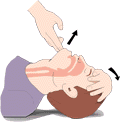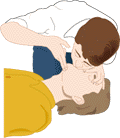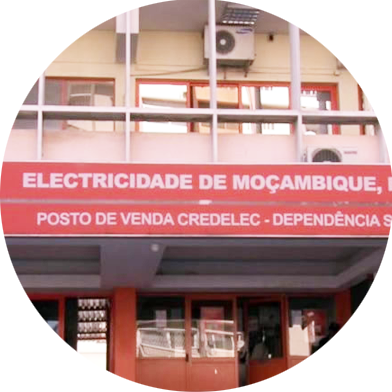The electric shock
Electricity can kill or produce a wide variety of injuries including severe burns. The injuries caused by electric shock are a result of direct
electric current and the conversion of electricity into thermal energy during their passage through the human body. The action of the electricity can reach the skin (burn), muscle, heart (cardiac arrhythmia), blood vessels and respiratory system.
The extent of injury will depend on several factors:
- The intensity of the electrical discharge;
- The time the victim was exposed to it;
- The type of insulation that will protect the victim.
Accidents with electricity are very common in day-to-day life and it is advisable to be very careful, especially with children. The main measure for preventing accidents involving electric shock is the establishment of care to avoid contact with electricity, using rubber objects and paying attention to the plugs and unprotected wires.
In case of Electric Shock
- Some care is very important in the occurrence of an electric shock:
It is advisable not to touch a victim of an electrical accident in order to make sure that there is no risk of a shock. - If the victim is in contact with the source of energy, the first thing to do is to turn off the power.
- If it is not possible to turn off the power, it is advisable to try to push the person away using an insulating material (e.g., a broom handle).
- Ideally, it is advisable to try to put one standing on an insulating material, with a dry folded newspaper (it is important to remember that water is an excellent conductor of electricity).
- Then it should be checked if the victim is conscious and breathing. If the person does not wake up or is having trouble breathing, an emergency service should be called and medical advice would be given.
First Aid
What to do
- If there is a cardiopulmonary arrest, resuscitation should be applied.
- The burn should be covered with gauze or with a very clean cloth.
- If the person is conscious, their should be laid on their back with legs elevated. If unconscious, should be laid aside.
- If necessary, the person should be covered with a blanket and kept calm.
- It is advisable to seek immediate medical help.
Cardiopulmonary resurrection
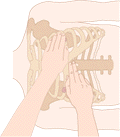
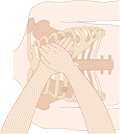
- With the person on the ground, a hand should be put over the other and it is advisable to find the lower end of the vertical bone which is in the center of the chest (the so-called the external bone).
- At the same time, another person must apply mouth-to-mouth, signing the head of the person and closing the nostrils with thumb and forefinger, keeping the chin up to stretch the neck.
While the helper fills the lungs by blowing them properly in order to inflate them, the chest should be pressed at short intervals, until the heart starts beating again. This sequence shall be as follows: if there is no one else around, it is advisable to do two blows for each fifteen pressures in the heart; if there is someone else helping, it is advisable to take a breath for every five pressures.
The electric shock
Electricity can kill or produce a wide variety of injuries including severe burns. The injuries caused by electric shock are a result of direct electric current and the conversion of electricity into thermal energy during their passage through the human body. The action of the electricity can reach the skin (burn), muscle, heart (cardiac arrhythmia), blood vessels and respiratory system.
The extent of injury will depend on several factors:
- The intensity of the electrical discharge;
- The time the victim was exposed to it;
- The type of insulation that will protect the victim.
Accidents with electricity are very common in day-to-day life and it is advisable to be very careful, especially with children. The main measure for preventing accidents involving electric shock is the establishment of care to avoid contact with electricity, using rubber objects and paying attention to the plugs and unprotected wires.
In case of Electric Shock
Some care is very important in the occurrence of an electric shock:
- It is advisable not to touch a victim of an electrical accident in order to make sure that there is no risk of a shock.
- If the victim is in contact with the source of energy, the first thing to do is to turn off the power.
- If it is not possible to turn off the power, it is advisable to try to push the person away using an insulating material (e.g., a broom handle).
- Ideally, it is advisable to try to put one standing on an insulating material, with a dry folded newspaper (it is important to remember that water is an excellent conductor of electricity).
- Then it should be checked if the victim is conscious and breathing. If the person does not wake up or is having trouble breathing, an emergency service should be called and medical advice would be given.
